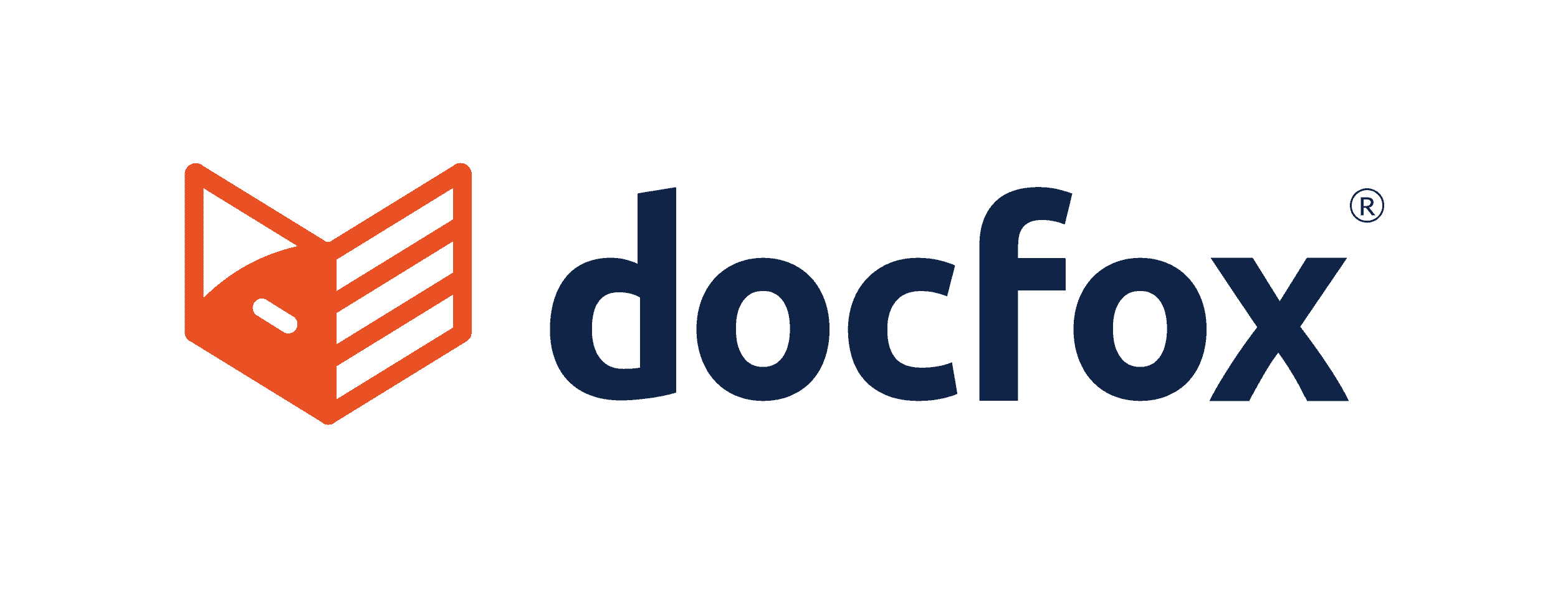
Harness the Power of Tech to Win Business Banking
Brought to you by docfox

The process for opening a consumer account at most financial institutions is pretty standard. It’s not uncommon for banks to provide a fully digital account opening experience for retail customers, while falling back on manual and fragmented processes for business accounts.
Common elements in business account opening include contact forms, days of back-and-forth communication or trips to a branch, sending documents via secure email systems that require someone to set up a whole new account and a highly manual document review process once the bank finally receives those files. This can take anywhere from days to multiple weeks for complex accounts.
Until very recently, the greatest competitor for banks in acquiring and growing business accounts was other banks. But in recent years, digital business banks have quickly emerged as a more formidable competitor. And these digital business banks empower users to open business accounts in minutes.
We researched some of the top digital business banks to learn more about how these companies are winning the business of small businesses. We discovered there are three key ways digital banks are rapidly growing by acquiring business accounts:
1. Seamless, intuitive user experiences. Business clients can instantly open accounts from a digital bank website. There’s no need to travel to a branch or pick up a phone; all documents can be submitted online.
2. Leveraging third-party technology. Digital banks aren’t building their own internal tech stacks from the ground up. They’re using best-in-class workflow tools to construct a client onboarding journey that is streamlined from end to end.
3. Modern aesthetics. Digital business banks use design and aesthetics to their advantage by featuring bright and engaging colors, clean user interfaces and exceptional branding.
The result? Digital banks are pushing their more traditional counterparts to grow and innovate in ways never before experienced in financial services.
Understanding what small businesses need from your bank
A business account is a must-have for any small business. But a flashy brand and a great user experience aren’t key to opening an account. Small businesses are really looking for the right tools to help them run their business.
While digital banks offer a seamless online experience, community banks shouldn’t sell themselves short. Traditional banks have robust product offerings and the unique ability to deal with more complex needs, which many businesses require. Some of the ways businesses need their financial institutions to help include:
- Banking and accounting administration.
- Financing, especially when it comes to invoices and loan repayment.
- Rewards programs based on their unique needs.
- Payments, specifically accepting more forms of payment without fees.
It’s important to keep in mind that your bank can’t be all things to all clients. Your expertise in your particular geography, industry or offerings plays a huge role in defining your niche in business banking. It’s what a lot of fintechs – including most digital banks – do: identify a specific niche audience and need, solve the need with technology, and let it go viral.
While digital banks might snap up basic small and medium businesses, the bar to compete in the greater market is not as high as perceived – especially when it comes to differentiated, high-risk complex entities. But it requires a shift in thinking, and the overlaying the right tech on top of the power of a community based financial institution.
It’s important that community bank executives adopt a smart, agile approach when choosing technology partners. To avoid vendor lock-in, explore technologies with integration layers that can seamlessly plug new software into your bank’s core, loan origination system, digital banking treasury management system and all other platforms and services. This means your bank can adopt whatever new tech is best for your business, without letting legacy vendors effectively dictate what you can or can’t do.
Your level of success in winning at digital banking comes down to keeping the client in focus and providing the best experiences for their ongoing needs with the right technology. While the account itself might be a commodity, the journeys, services and offerings your bank provides to small businesses are critical to growing and nurturing your client base.


